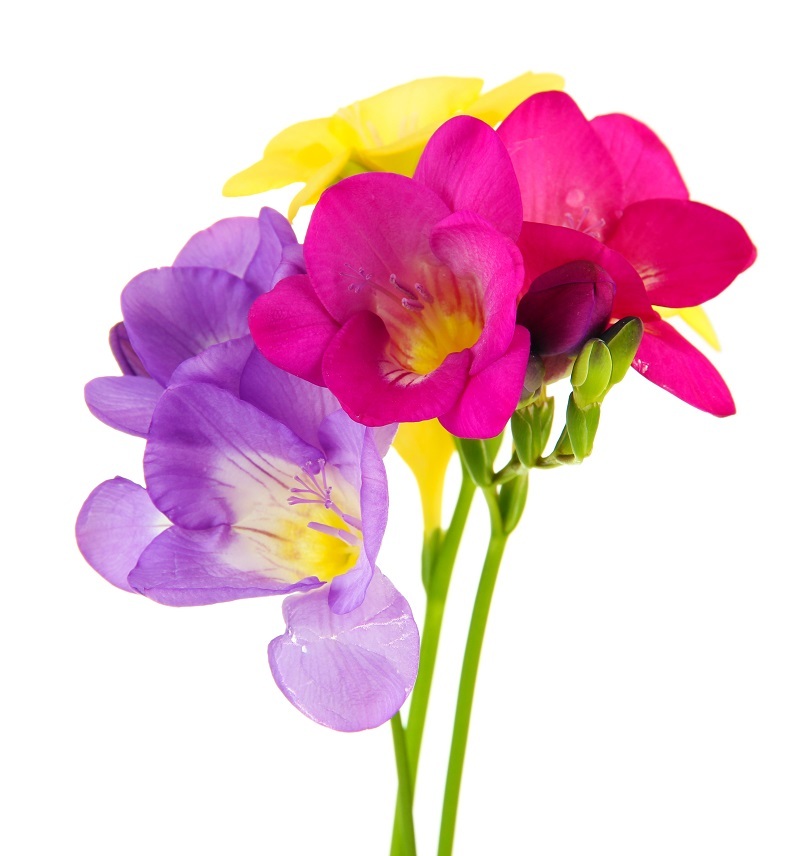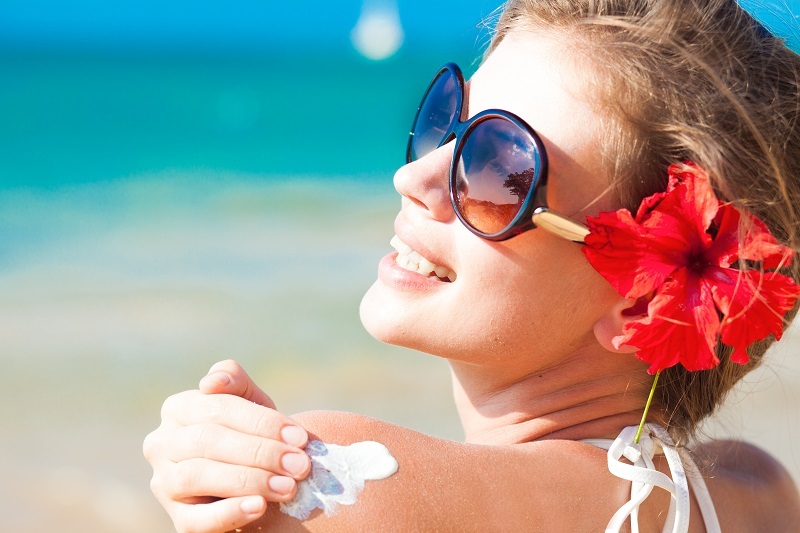Effective Way to Remove Stubborn Pollen Stains
Posted on 18/01/2025
Pollen stains are a common yet pesky problem, especially for those who enjoy having fresh flowers in their homes. Whether you are dealing with the vibrant hues of lilies or the subtle shimmer of other flowering plants, knowing how to effectively tackle these stubborn stains can save you a lot of frustration. In this comprehensive guide, we will delve into various strategies and tips that are proven to be effective in removing pollen stains from different surfaces.
Understanding Pollen Stains
Pollen stains can come from a variety of flowering plants, but some are more notorious than others. Lilies, for example, are particularly known for their bright and persistent pollen stains. The key to effectively removing pollen stains lies in understanding their composition. Pollen is a fine powdery substance that contains the male gametes of seed plants. This organic matter can quickly bind to fabrics, resulting in tough stains that are hard to clean with conventional detergents.

Preparation: What You'll Need
Before you start the stain removal process, it is crucial to gather all the necessary supplies. Here is a checklist:
- Vacuum cleaner or a soft brush
- Sticky tape
- Cold water
- Liquid dish soap
- Hydrogen peroxide
- White vinegar
- Enzyme-based stain remover
- Clean cloths and towels
Initial Steps: Dry Removal
One of the first steps in removing pollen stains is to handle the dry pollen. Avoid wetting the stained area initially because moisture can cause the pollen to spread and set deeper into the fabric. Here's how you can start:
- Vacuum or Brush: Use a vacuum cleaner with an upholstery attachment to gently remove loose pollen particles. Alternatively, you can use a soft brush to lightly flick off the pollen.
- Sticky Tape: Press a piece of sticky tape onto the stained area and peel it off to lift the pollen particles. Repeat this process several times if necessary.
Treating Fabric Stains
When dealing with fabric stains, the right treatment can make a significant difference. Here's a step-by-step guide:
- Rinse with Cold Water: Turn the fabric inside out and rinse the stained area with cold water. This will help to push the pollen particles out of the fabric.
- Pre-Treat with Liquid Dish Soap: Apply a few drops of liquid dish soap directly onto the stain and gently rub it in with your fingers. Allow it to sit for 10-15 minutes before rinsing again with cold water.
- Hydrogen Peroxide: For persistent stains, dab a small amount of hydrogen peroxide onto the area. Let it sit for a few minutes before rinsing thoroughly.
Using Natural Remedies
For those who prefer natural stain removal methods, white vinegar can be an effective solution. Here's how to use it:
- Mix equal parts of white vinegar and cold water in a spray bottle.
- Spray the solution onto the stained area and let it sit for 15-20 minutes.
- Blot the area with a clean cloth until the stain is lifted.
- Rinse with cold water and allow the fabric to air dry.
Commercial Stain Removers
Enzyme-based stain removers can be particularly effective in breaking down pollen stains. Follow these steps:
- Apply the enzyme-based stain remover directly onto the stained area and let it sit for the recommended amount of time (usually 15-30 minutes).
- Launder the fabric according to the manufacturer's instructions.
- Check the stain before drying. If it persists, repeat the process.
Removing Stains from Carpets and Upholstery
Carpets and upholstery present a unique challenge when it comes to removing pollen stains. Here are the steps to follow:
- Vacuum Carefully: Use a vacuum cleaner to gently lift as much pollen as possible before applying any treatments.
- Spot Treatment: Mix a solution of liquid dish soap and cold water. Dampen a clean cloth with the solution and dab the stained area gently. Avoid rubbing as it can spread the stain.
- Rinse and Blot: Use another clean cloth dampened with plain cold water to rinse the area. Blot dry with a paper towel.
- Enzyme-Based Cleaner: Apply an enzyme-based cleaner and let it sit for the recommended time. Blot the area with a clean cloth and rinse thoroughly with cold water.
Professional Cleaning Services
If all else fails or if the stained item is particularly delicate or valuable, it may be worth seeking professional cleaning services. Professional cleaners have specialized equipment and solutions that can effectively handle stubborn pollen stains without causing damage to the fabric. Always inform the cleaners about the type of stain and the steps you have already taken.

Preventing Pollen Stains
While knowing how to remove pollen stains is important, taking preventative measures can save you a lot of time and effort. Here are some tips:
- Trim Stamens: If you frequently bring lilies or other high-pollen flowers into your home, consider trimming the stamens before arranging them. This will reduce the amount of pollen released.
- Strategic Placement: Place flower arrangements in areas less prone to contact with clothing and furniture.
- Protect Surfaces: Use tablecloths or placemats under flower arrangements to catch any falling pollen.
- Avoid Touching: Keep hands away from the flowers to prevent pollen transfer to your clothes and other surfaces.
Conclusion
Removing stubborn pollen stains may seem like a daunting task, but with the right approach and tools, it can be effectively managed. From dry removal techniques to natural remedies and commercial stain removers, there are multiple ways to tackle these persistent stains. Incorporating preventive measures can also help minimize the occurrence of stains in the first place. By following this guide, you can enjoy the beauty of fresh flowers in your home without the worry of unsightly pollen stains.











